Amsterdam bans creation of new hotels
Another piece in the overall strategy to reduce tourist flows to the city
 TheMayor.EU logo
TheMayor.EU logo Who needs a lot of space when you have the tranquillity of water all around you
“No man is an island, entire of itself; every man is a piece of the continent, a part of the main”. This famous verse was written by 17th-century English poet John Donne, written as a meditation on life during a period when the author had fallen ill. Come to think of it, though, many islands are pieces of continents in a way, too.
In a time when extensive and far-reaching interconnectivity are highly valued, there are places that have affirmed their relatively isolated and peaceful nature in opposition to the dominant forces of pervasiveness. And some of these places are islands, small ones at that, but they’re also someone’s home.
Poetically speaking, being on any island you can imagine that you’re on a tiny continent. In case of natural disasters, their communities might be harder to reach, which makes them appear more vulnerable.
But that’s also part of their charm and mystique. An isle is thus a self-contained world of its own, distinct from other landmasses on account of the fact that it is surrounded by water.
Given the culture, architecture and way of life, however, they are intrinsically linked to the nearby mother continent. All of the islands we’ll see in this article have that one feature that unites them – they’re all European and you can feel it from the moment you step on any of them.
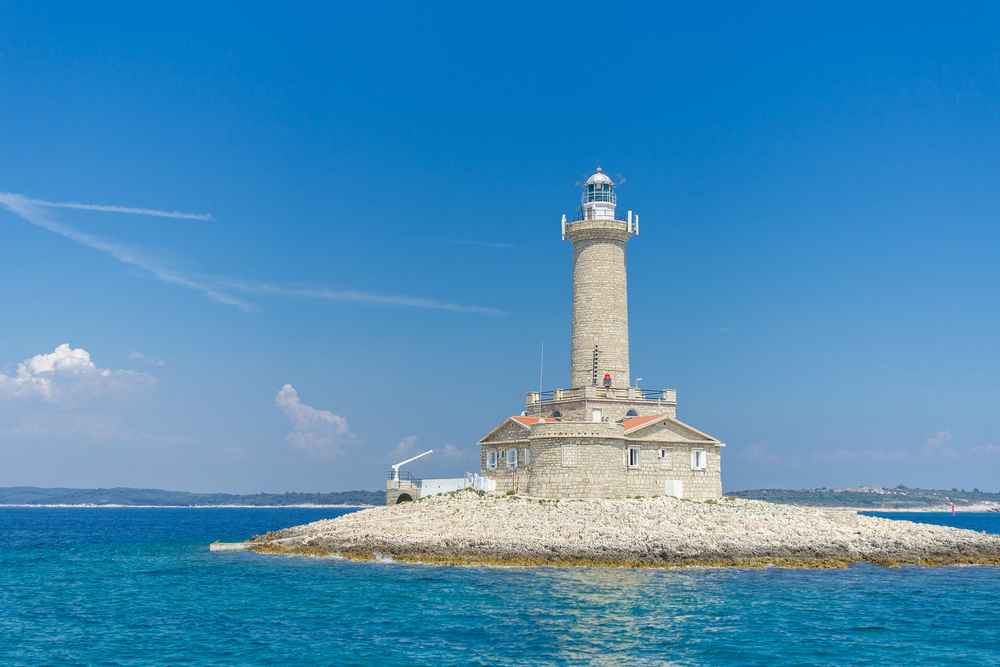
There's a lighthouse...and that's about it. Source: Depositphotos
When searching for the smallest inhabited island among the vast pearl chain in the Croatian Adriatic Sea, we could find at least two contenders. One is the isle of Govan, also known as Otok Života (Island of Life), which currently has only one inhabitant by the name of Prospera Pavić. That isle is located in the picturesque Bay of Mali Ston, and it has way more buildings than inhabitants (11 houses if you’re keeping count).
However, we felt partial to another isle called Porer. You can find it off the southernmost tip of the Istria Peninsula and thanks to its strategic location it’s been hosting a lighthouse since 1833. The awesome thing here is that you, too, can become a temporary resident of that lighthouse, if you book holiday accommodation on Porer.
The lighthouse keeper, apparently by the name of Hrvoje, will be your welcoming host showing you an inside look at this old-time profession.
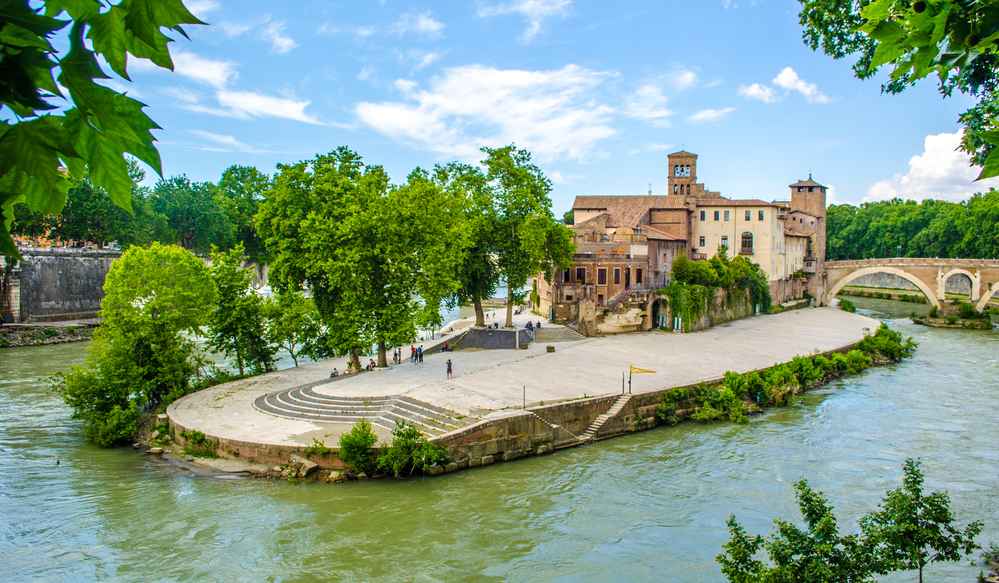
Isola Tiberina resembles a ship floating in the heart of Rome. Source: Depositphotos
Who said that all islands need to be surrounded by seawater? Rivers are just as wet, right? Think about Ile de la Cité in Paris, the site of the famous Notre Dame Cathedral. Oddly though, fewer people seem to know about Isola Tiberina, which is Rome’s equivalent of the Parisian isle.
Tiber Isle (named after the river that surrounds it) is Rome’s only island and also the smallest inhabited one in all of Italy. And being part of the Eternal City ensures that it’s chockful of history itself.
It’s been associated with medicine and health since ancient times. The story goes that the island was artificially created to serve as a base for a sanctuary to Aesculapius (the Greek God of Healing), following a plague epidemic in the 3rd century BC.
In 1582, the Spanish monks of the Order of St. John Calibytis founded a hospital which is still fully operational today and whose name "Fatebenefratelli" derives from the litany which these prelates used to sing as darkness fell on leaving to collect alms.
Isola Tiberina is only 300 metres long and 90 metres wide and it remarkably resembles a ship. It’s been connected by two bridges to the rest of the city for as far as anyone can remember. Apart from the hospital, there are also typical taverns there, so you can have a romantic lunch if you are in the mood.
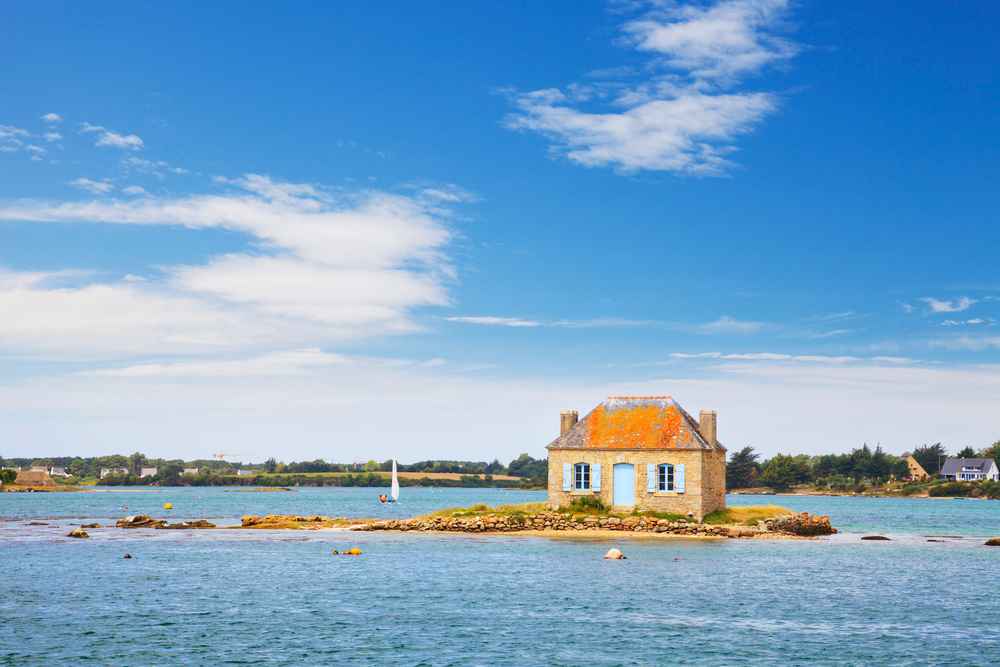
The lonely house near Saint-Cado Island. Source: Depositphotos
What’s really amazing about the European landscapes is their endless variety. Here to expand our idea about island location comes Ile Saint-Cado in the northwestern, Celtic-tinged region of France. This tiny island is located neither in the sea nor in a river or a lake – you can find it in the Ria d’Etal. And a “ria” is the southern European version of a fjord – a scraggly lined inlet whose water levels constantly fluctuate depending on the tide.
As for Saint-Cado, it’s a wonderfully cute fishermen’s hamlet boasting a Romanesque chapel. There’s a stone bridge that connects the isle to the mainland and the legend goes that it was built by the devil, who in turn demanded the soul of the first creature that would cross it. Saint-Cado, a clever local fellow then let a cat be that creature.
If you think that bridge, however, kind of spoils the island-y soul of the locality, then all you have to do is turn your gaze southward and you’ll see an even smaller islet, which has a single solitary house on it. It used to be owned by an oyster-catcher and has been a favourite muse of landscape artists.
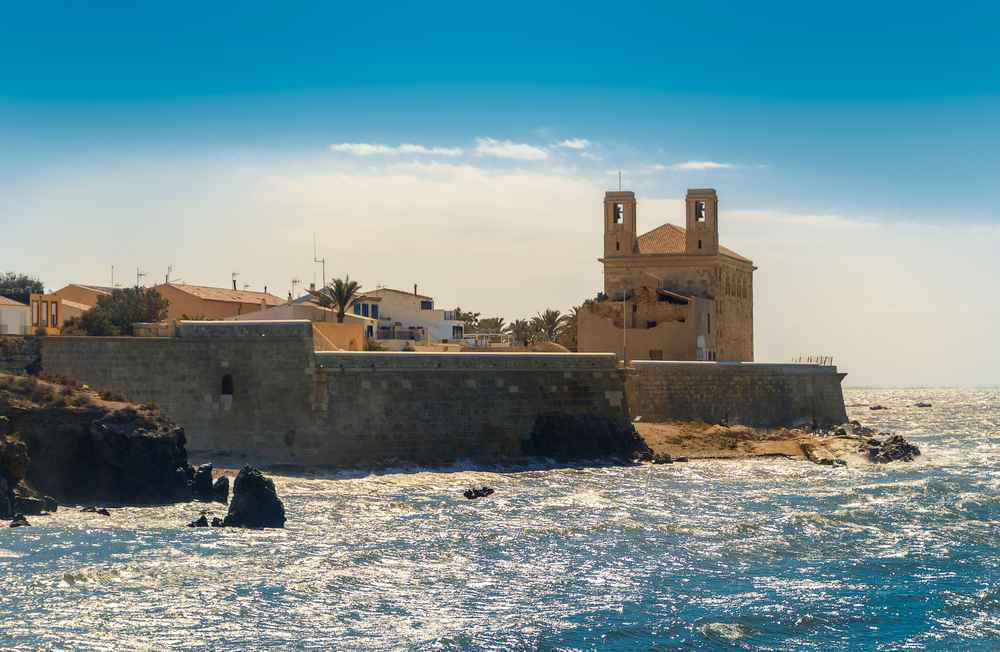
Tabarca is hidden in plain view. Source: Depositphotos
Spain is famous for its grand archipelagoes – the Balearics and the Canaries – but it also has some smaller islands that live in the shadow of the fame of the former, and that’s just fine. Many people visit the Valencian coast sea resorts without ever realizing that it also contains the country’s smallest inhabited island – Tabarca.
It was first favoured by Moorish pirates, who used it as a base to attack the Spanish mainland, which is why it has a namesake in the Tunisian town of Tabarka. It was later settled by Genoese sailors, which is reflected in the fact that many of the current 80 inhabitants bear Italian surnames.
Staying off the tourist radar has been beneficial for the islanders, as it helped Tabarca to be declared Spain’s first marine reserve in 1986. That’s because it’s surrounded by the largest seagrass prairie in the Western Mediterranean. And seagrass is an important biome for many marine creatures, plus it acts as a carbon sink.
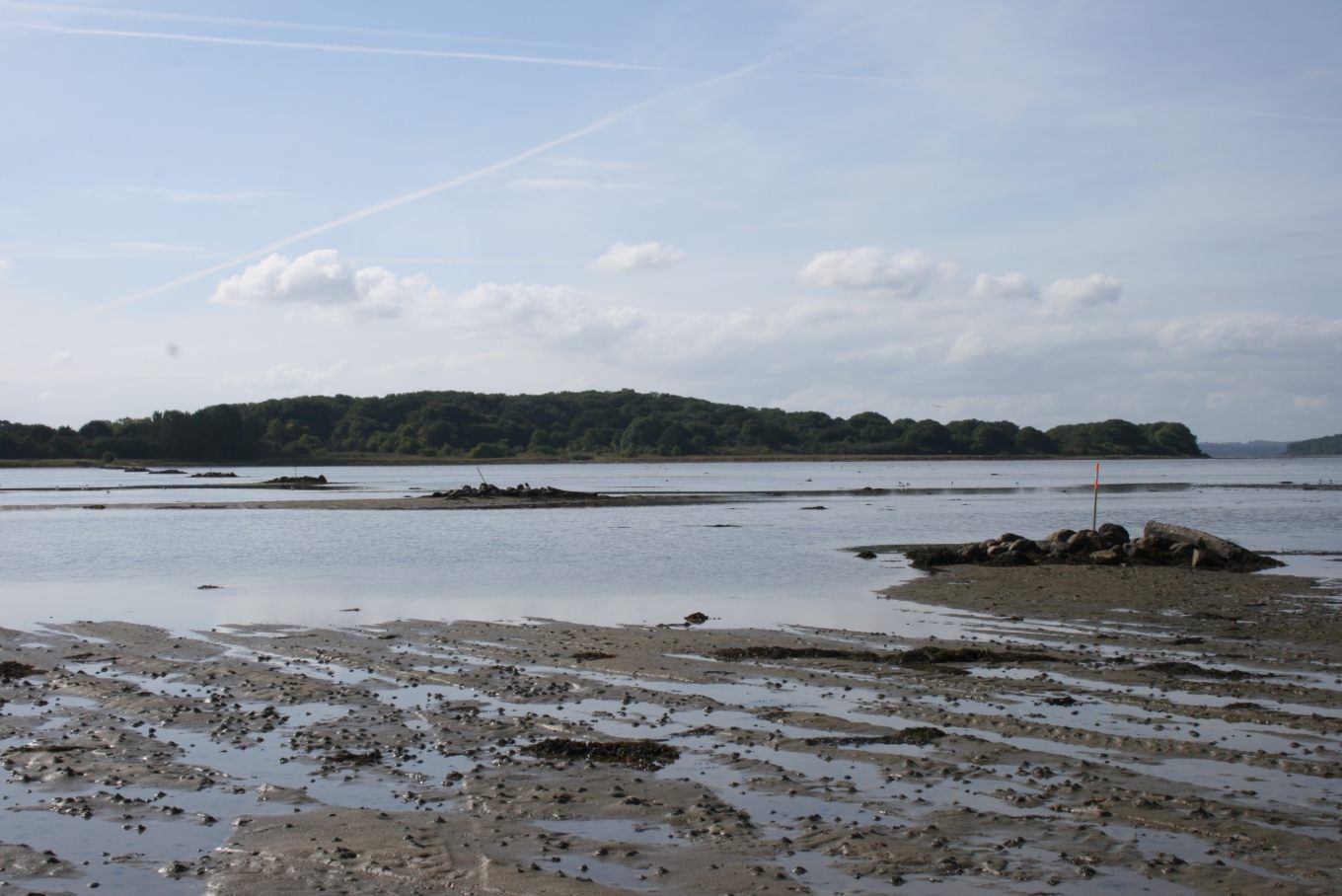
Vorsø is considered a natural lab. Source: Sten on Wikimedia Commons (CC BY-SA 3.0)
It wasn’t easy to decide which of Denmark’s many islands is also its smallest inhabited one, but Vorsø, located in the Horsens Fjord seems to be a good bet. Its surface is only 62 hectares and all of it belongs to the Danish Ministry of the Environment, which has converted it into a protected reserve only accessible to the general public for a few days a year.
Nevertheless, at least one person is officially allowed to call this place home. That’s a certified nature guide who lives on the isle and makes sure it stays wild – kind of paradoxical if you think about it. Actually, Vorsø is something of a living experiment or a natural lab. There used to be agricultural activity on it until 1978 when the authorities decided to let nature just take its course undisturbed.
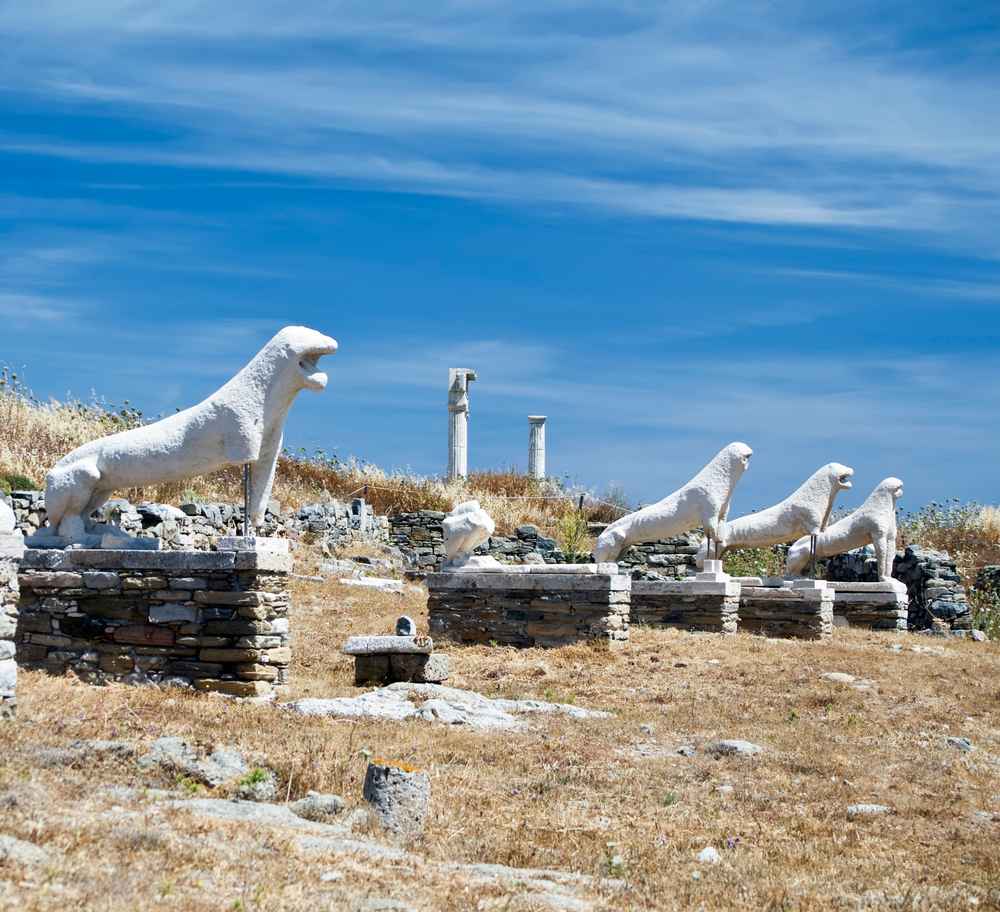
These ancient lions stood guard over Delos, but now they're in a museum to protect them from the elements. Source: Depositphotos
Delos’ history and importance far outweigh its modest size. Although only 24 people live there, if you’re an avid reader of Greek mythology, you’d be familiar with its name. After all, the legend claims that this was the birthplace of the twin sibling gods Apollo and Artemis themselves.
The island was a major pilgrimage site for Ancient Greeks gaining premier religious importance. That’s why, burials there were banned and even people who had already been buried were dug up and transferred to other places as a way to purge the island and make it pure. At one time, even the living people were exiled.
Today, it’s a UNESCO World Heritage Site that you can, and you should visit if you want to understand something about the cosmogony of the Ancient Greeks.
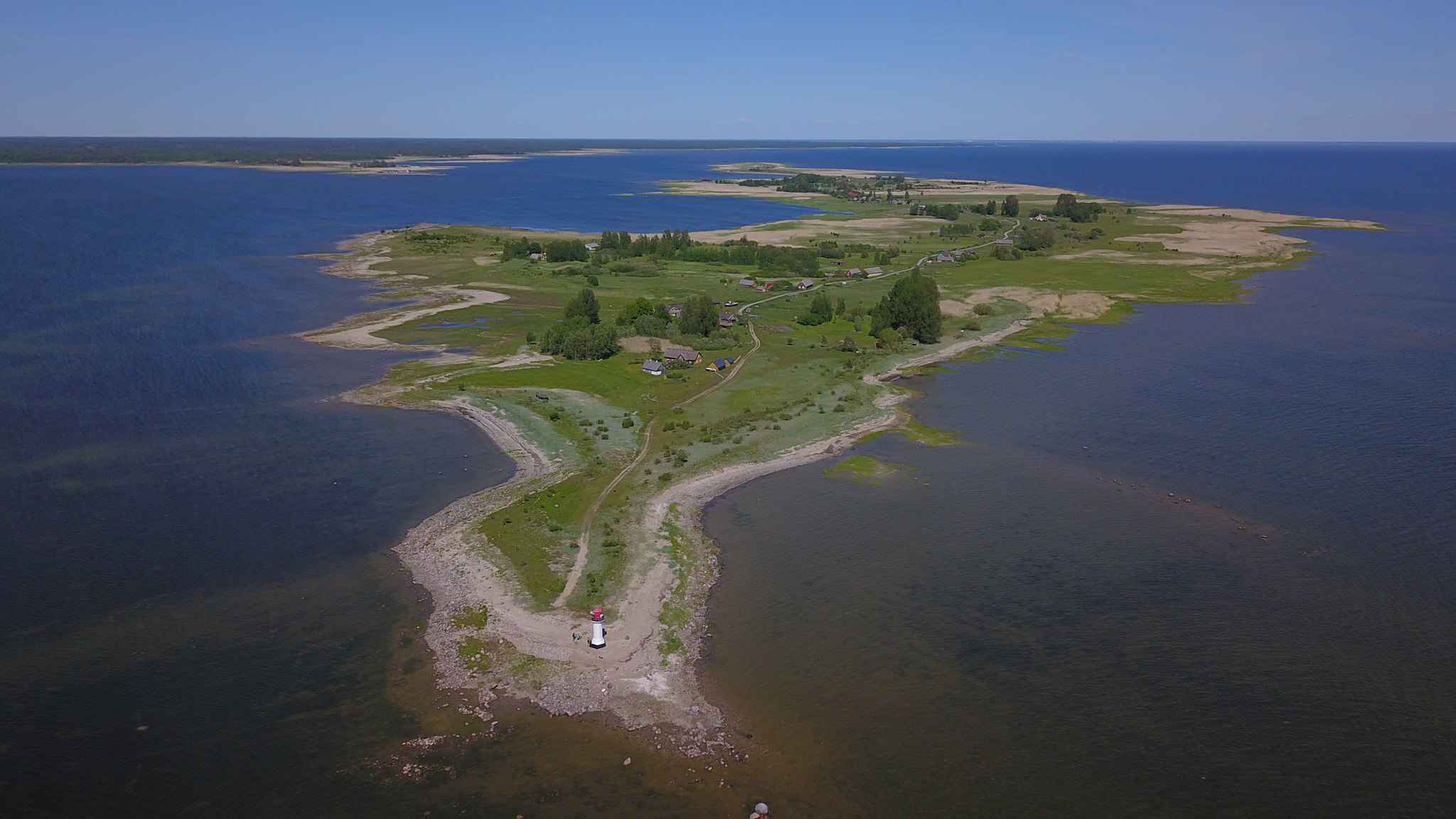
Manilaid preserves the Estonian islanders' traditional way of life.
Source: Romantiline Rannatee, on Flickr (CC BY-NC-ND 2.0)
Manilaid is less than 2 km2 large and is the home of a community, called Manija, numbering about 40 people. This Estonian isle is as quaint and serene as they come.
Unlike most of the other islands on this list, its human settlement is fairly recent. It only started in 1933, at a time when many other islanders in Europe were actually abandoning their traditional lifestyles and moving to the larger cities. Not those Estonian fellas.
What happened was that the population of the nearby, and larger island Kihnu, started getting too big for the limited local resources, so some of the people colonized the neighbouring rock while keeping the specific regional traditions. And these are simple: the men fish, the women knit and bake, and everyone feels content with life.

Legislators and magnates have to await a preliminary ruling from the European Court of Justice

The building will then serve as the site for a new museum dedicated to Finnish-Russian relations
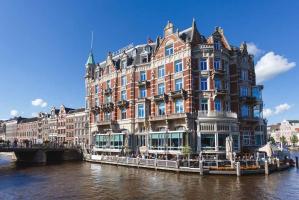
Another piece in the overall strategy to reduce tourist flows to the city

In addition, the federal government has launched the National Week of Action against Bicycle Theft to raise awareness of the issue and the new solution
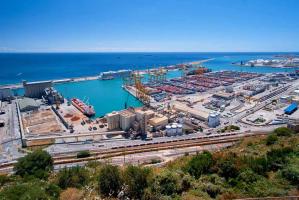
The facility will replace the need to have water supplied by tankers from Valencia

Modern traffic lights do more than regulate the flow of vehicles at crossroads, they also collect enormous amounts of data

Experimenting with public transport provision in Germany is clearly in a state of creative fervour

Legislators and magnates have to await a preliminary ruling from the European Court of Justice

It also set the standards for a better European parking card for people with disabilities

The benefit will last until the Dutch parliament adopts the transgender law

Experimenting with public transport provision in Germany is clearly in a state of creative fervour

It also set the standards for a better European parking card for people with disabilities

Urban dwellers across the EU are having a say in making their surroundings friendlier to people and the environment.

Forests in the EU can help green the European construction industry and bolster a continent-wide push for architectural improvements.

Apply by 10 November and do your part for the transformation of European public spaces

Catch up with some recommendations for the 2024 European Capital of Culture programme from the mayor of Tartu

An interview with the ICLEI regional director for Europe аfter the close of COP28

An interview with a member of the No Hate Speech Network team













